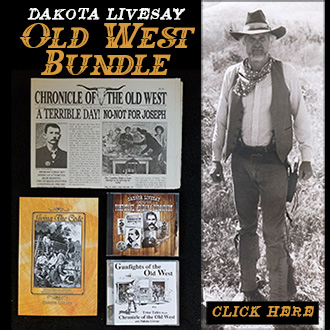Crook’s Starvation March
 It was June of 1876. About 1,000 Sioux and Cheyenne attacked General George Crook and 1,400 soldiers in what was to be called the Battle of the Rosebud. Although the battle ended in a tie, the Indians fled, and Crook, licking his wounds, chose not to immediately follow them. Finally, after a month and a half, Crook took out after them toward the Black Hills. Thus began what is now called Crook’s Starvation March.
It was June of 1876. About 1,000 Sioux and Cheyenne attacked General George Crook and 1,400 soldiers in what was to be called the Battle of the Rosebud. Although the battle ended in a tie, the Indians fled, and Crook, licking his wounds, chose not to immediately follow them. Finally, after a month and a half, Crook took out after them toward the Black Hills. Thus began what is now called Crook’s Starvation March.In order to make up time, they abandon all wagons, tents and extra clothes. With the extra speed that light travel afforded, Crook expected to meet up with the hostile Indians the later part of August. But it didn’t happen. They traveled for weeks through Wyoming, Montana and finally the Dakota Territory. Weather turned bad, and it hailed. It even rained for 11 straight days, adding even more to the soldier’s misery.
With no tents, the soldiers took their blankets, and stretched them over bent branches, and slept in the mud. Famished soldiers collapsed on the trail and horses fell dead of exhaustion. With only wild onions and berries to eat, the desperate soldiers had to resort to eating horseflesh. During one week more than 500 horses died or were abandoned. A soldier, remarking on their having to resort to eating their mounts, said, “It seemed like cannibalism.” As an added note, the mules, loaded with supplies and ammunition did far better than the horses.
Then on September 16 a supply train finally reached the soldiers, finally ending Crook’s Starvation March. It took a month for the soldiers to get their strength back. Although they captured some Indians on the way, and disarmed other Indians on reservations, they never caught up with the ones they were chasing. Once again the innovative fighting style of the plains Indians outmaneuvered that of the military.




